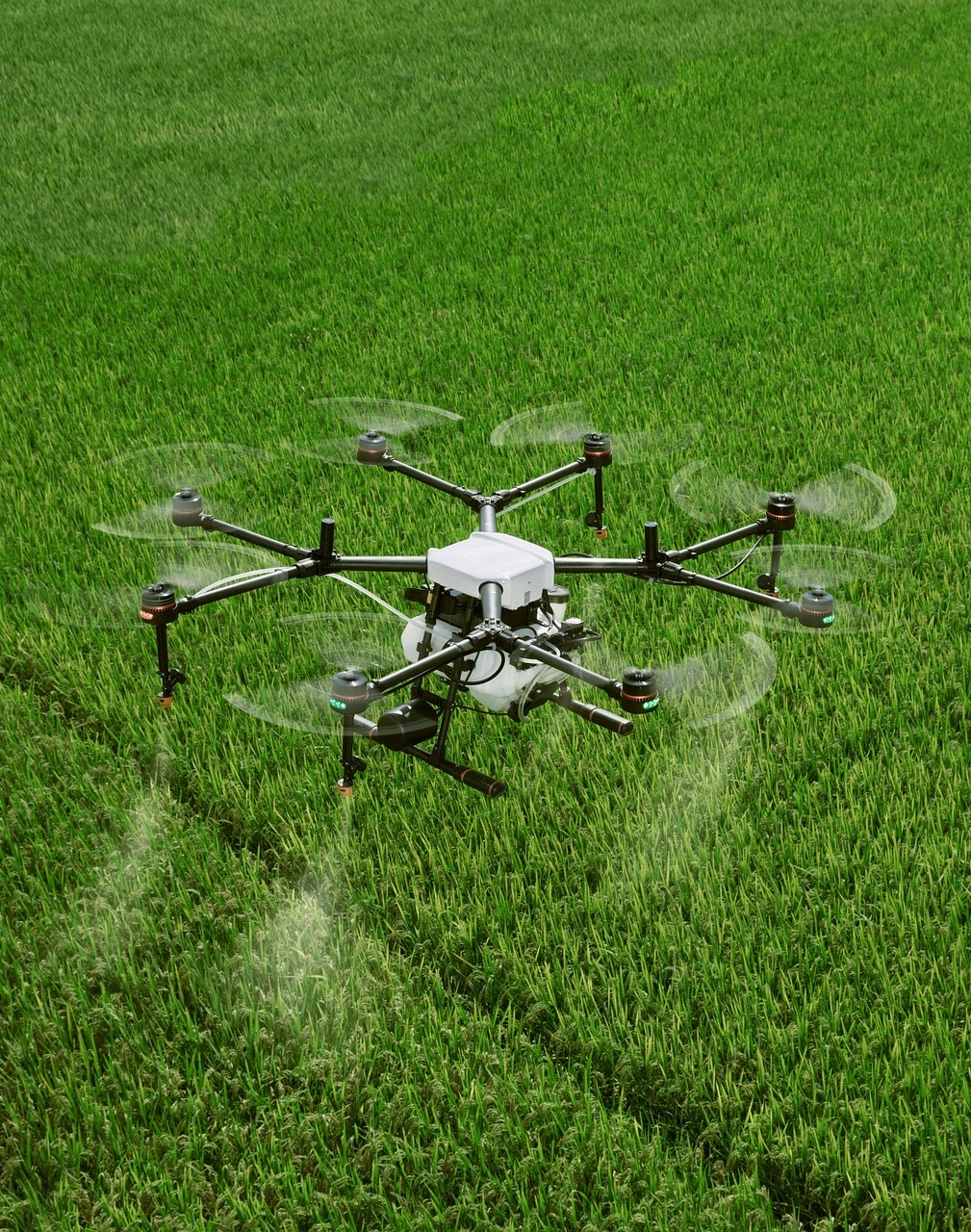
DRONES AND SENSORS
Drones and sensors are two important technologies that increase efficiency and optimize processes in modern agriculture. These vehicles improve the monitoring, data collection and analysis processes of agricultural lands, providing farmers with more effective and efficient management.
DRONES
Drones are flying vehicles that provide aerial images of agricultural lands and perform various tasks. Drones used in agriculture offer the following advantages:
Aerial Imaging: Drones provide high-resolution aerial images of agricultural lands. These images help in assessing plant health, determining irrigation needs and detecting pests.
Fertilization and Spraying: Drones can precisely spray fertilizer or pesticides on plants. This method ensures efficient use of resources and reduces labor.
Data Collection and Analysis: Drones monitor plant growth and collect data with multispectral cameras and sensors. This data provides information about plant health, water stress and nutrient deficiencies.
SENSORS
Sensors are devices that measure various environmental and plant conditions in agricultural lands. Sensors are used in the following areas to optimize agricultural processes:
Soil Moisture Sensors: Sensors that continuously monitor soil moisture determine the amount of water required by irrigation systems. This saves water and meets the water needs of plants correctly.
Weather Sensors: Sensors that measure air temperature, humidity, wind speed and other meteorological data monitor weather conditions that affect plant health and agricultural processes. This data optimizes planting and harvesting schedules.
Plant Health Sensors: Sensors that monitor the health of plants evaluate the condition of plant leaves, growth rate and stress levels. This information provides early warnings about pests and diseases.
Integration of Drones and Sensors
When drones and sensors are used together, more comprehensive and effective data collection and analysis processes are provided in agriculture. Drones provide information about the general situation by quickly scanning large areas, while sensors provide detailed data. This data is processed with artificial intelligence and data analytics, contributing to the optimization of agricultural processes.
Future Developments
Drones and sensor technologies are constantly evolving. More precise measurements, extended battery life, and advanced data analytics capabilities will provide more effective solutions in agriculture in the future. These developments will enable agriculture to become smarter, more sustainable, and more efficient.
Drones and sensors promote technology integration in agriculture and provide farmers with better productivity, water conservation, and resource management. These tools will be used more widely in the future as important components of modern agriculture.